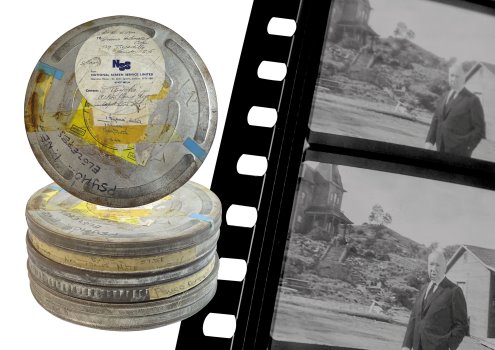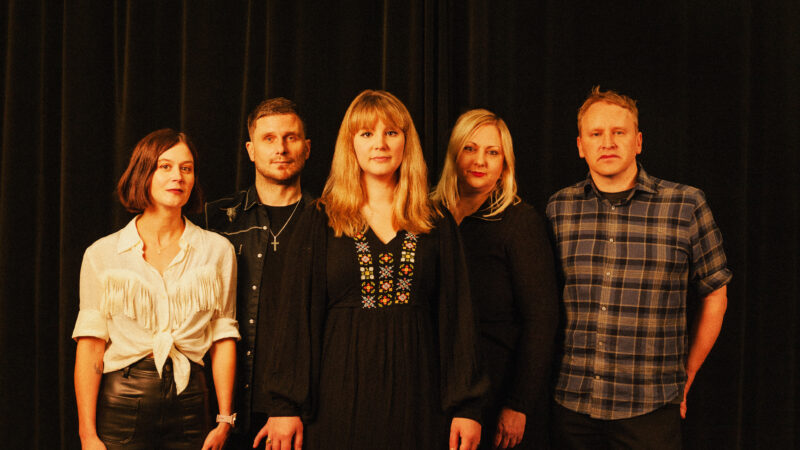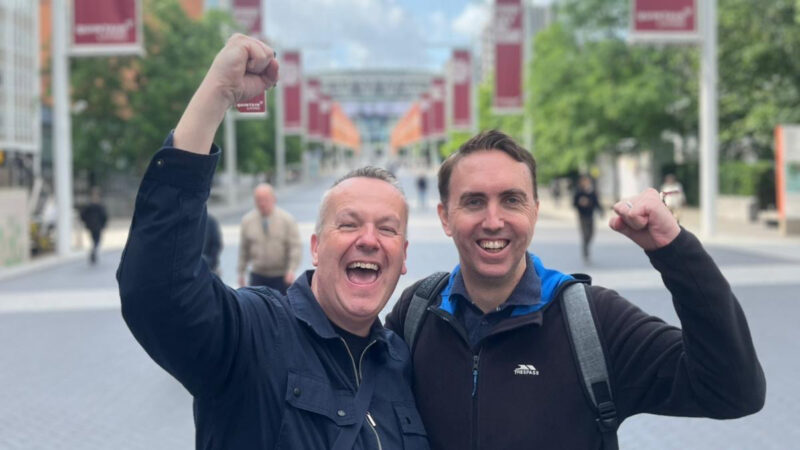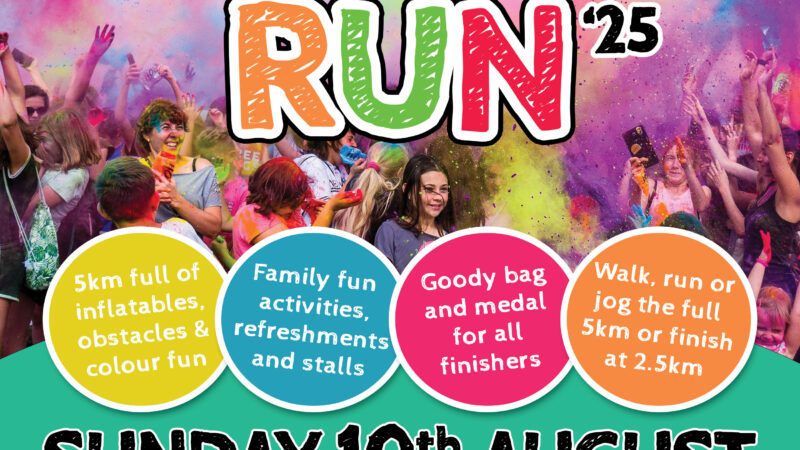COLLECTION OF ORIGINAL FILM TRAILERS FOR CLASSIC BLOCKBUSTER MOVIES SPANNING DECADES TO BE OFFERED PUBLICLY FOR FIRST TIME

Excalibur Auctions is excited to present a collection of original film footage, including unique master elements of prints, trims, negatives, mute footage, soundtrack and sound effect material, used in the creation of trailers and titles for film releases of classic blockbuster movies in the UK and abroad from the 1920’s, 30’s ,40’s, 50s, 60s and 70’s. The rolls of various 35mm film and sound stock, still in their original titled tins, came from a famous film publicity distribution and production company in the UK and are being sold by someone in the industry, who is also an avid film collector. They include rare examples of working footage, such as 35 mm positives, negatives, magnetic sound, opticals and trims, which were retained, archived and stored in solid brick vaults over the years, before being placed into long-term storage. The trailers span a huge range of film genres, from Horror to Comedy to Drama, to Thrillers, Music, Sport, Spies, Westerns, and War and they are now seeing the light of day for the first time in years.
The big film studios and production companies would go to this particular film production company who would, from material either supplied to, or generated by them, be tasked with creating enticing trailers and titles for the films they were producing. Such was the art of this, that the company to some extent was an ‘unsung’ studio in itself, producing not just the trailers and titles for movies, but also often handling print for posters and other publicity materials surrounding the film. These specially crafted publicity techniques and resulting trailers, were the springboard to the success of many well-known films over several decades.
Image
Original film trailer for the Bond Movie Gold Finger in 1964 starring actor Sean Connery (1930-2020)
Jonathan Torode of Excalibur Auctions explains further: “In basic terms the film publicity company was producing a mini film, to advertise a new production. The process required elements to be created such as the titles, opticals and credits, which were sandwiched together with the live action and sound. This included film negatives and magnetic sound, which was transferred and became the optically read soundtrack included on the final print and can be seen on the edge of final negatives and prints.”
The film reels packed in their original metal tins contain a unique mix of master elements and footage of live action, some of which may not have been released as part of the final cut or seen by the public, making them even more exceptionally rare. When asked about auctions estimates and what they are worth, Jonathan Torode tells us: “The entire auction has been arranged to allow the market to decide the true value of these unique pieces. As nothing like this has been offered for sale before there hasn’t been a precedent. Some may sell for hundreds, others thousands, it depends totally on the fans, or museums, as these are a piece of cinematic history.”
Image
Original trailer for The Beatles film A Hard Day’s Night in 1964
Trailers were created as a marketing tool to publicise the release of films including huge Oscar-winning hits like the 1958 war epic, Bridge on the River Kwai directed by David Lean and based on the 1952 novel by Pierre Boulle (1912-1994), a plot that draws on the real-life construction of the Burma Railway bridge between 1942–1943. A top cast included William Holden, Alec Guinness, Jack Hawkins and Sessue Hayakawa. Another wartime epic was the film Zulu in 1964. Full of action and adventure, the film portrays the 1879 Battle of Rorke’s Drift, between the British army and the Zulu. The Anglo-Zulu war saw 150 British soldiers, 30 of which were wounded or ill, stave off 4,000 Zulu warriors at a remote outpost. Considered one of the best ever historical productions, the film was directed by American screenwriter Cy Endfield (1914-1995) and produced by Stanley Baker (1928- 1976), with Joseph E. Levine (1905-1987) as executive producer. The film was a huge commercial success. It was the highest-grossing film of 1957 in the United States and Canada and was also the most popular film at the British box office that year (lot 1073).
Image
Original trailer for La Dolce Vita by Federico Fellini (1920-1993) in 1960
If you’re a fan of the horror genre, the collection includes the original master trailer reel for the 1960 film Brides of Dracula. The film was produced by Hammer Film Productions Ltd who were synonymous for their series of Gothic horror and fantasy films from the mid-1950s until the 1970s. The grisly film about vampires featured the British actor Peter Cushing OBE (1913-1994) as Doctor Van Helsing. Kine Weekly included the film in their list of ‘money makers’ at the British box office in 1960. Peter Cushing was also the star of Daleks’ Invasion Earth 2150 A.D. a 1966 British science fiction film directed by Gordon Flemyng (1934-1995) and written by Milton Subotsky (1921-1991). It was the second of two films based on the British science-fiction television series Doctor Who. Peter Cushing played the famous Doctor Who and the film was shot at Shepperton Studios, UK. The film premiered in London on 22 July 1966 (lot 184).
The ultimate in classic horror films of course was Psycho, famous for its shocking shower scene where the victim meets her death. It was famously produced and directed by Alfred Hitchcock (1899-1980) in 1960. The screenplay, written by American writer Joseph Stefano (1922-2006,) was based on the 1959 novel of the same name by Robert Bloch (1917-1994) and starred actors Janet Leigh (1927-2004) and Anthony Perkins (1932-1992), as the terrifying Norman Bates at the Bates Motel (lot 723).
Image
Original film trailer for horror/Sci Fi movie The Evil of Frankenstein in 1964 directed by Freddie Francis
Among the foreign titles that the company created trailers for, was the cult Italian classic La Dolce Vita, a satirical comedy-drama film directed and co-written (with Ennio Flaiano, Tullio Pinelli and Brunello Rondi) by Federico Fellini (1920-1993) in 1960. In the publication Filmcritica XI the Italian poet and film director Pier Paolo Pasolini (1922-1975) argued that ‘La Dolce Vita was too important to be discussed as one would normally discuss a film’. Kevin Thomas of the Los Angeles Times wrote: “Federico Fellini’s 1960 La Dolce Vita is one of the key works of the modern cinema. A brilliantly conceived epic fable about a scandal reporter (Marcello Mastroianni) adrift in Rome’s high life, it introduced the term paparazzi into the vocabulary and depicted, with a judicious mixture of satire and compassion, the glitter world of celebrity now avidly chronicled in supermarket tabloids” (lot 882).
Among several original Bond movie trailers in the sale, is Goldfinger from 1964, which was the third film in the James Bond series by Eon Productions and starred the Scottish actor Sean Connery (1930-2020) as the fictional MI6 agent James Bond. He starred alongside the great British actresses Honor Blackman (1925-2020) and Bond girl Shirley Eaton (1937-1994). The screenplay was based on the 1959 novel of Goldfinger by British writer Ian Fleming (1908-1964) and its reception by the press and public was electric. Derek Prouse of The Sunday Times said of the film, that it was “superbly engineered. It is fast, it is most entertainingly preposterous and it is exciting” (lot 329).
For hardened Beatles fans are several trailers, including those for A Hard Day’s Night produced in 1964 and Help! in 1965. Help! was directed by American film director Richard Lester, Richard Lester Liebman (b. 1932) and starred The Beatles as themselves, alongside well-known actors like Roy Kinnear (1934-1988) and Patrick Cargill (1918-1996). The film sees the group trying to protect Ringo Starr from an ominous cult and a pair of mad scientists and at the same time all are trying to find a sacrificial ring sent to him by a fan. The soundtrack was released as the band’s fifth studio album under the same name. Ronnie D. Lankford of AllMovie describes Help! as a “forerunner to music videos”, adding: “Lester seemed to find the right tone for Help! creating an enjoyable portrait of the Beatles and never allowing the film to take itself too seriously” (lot 369).






